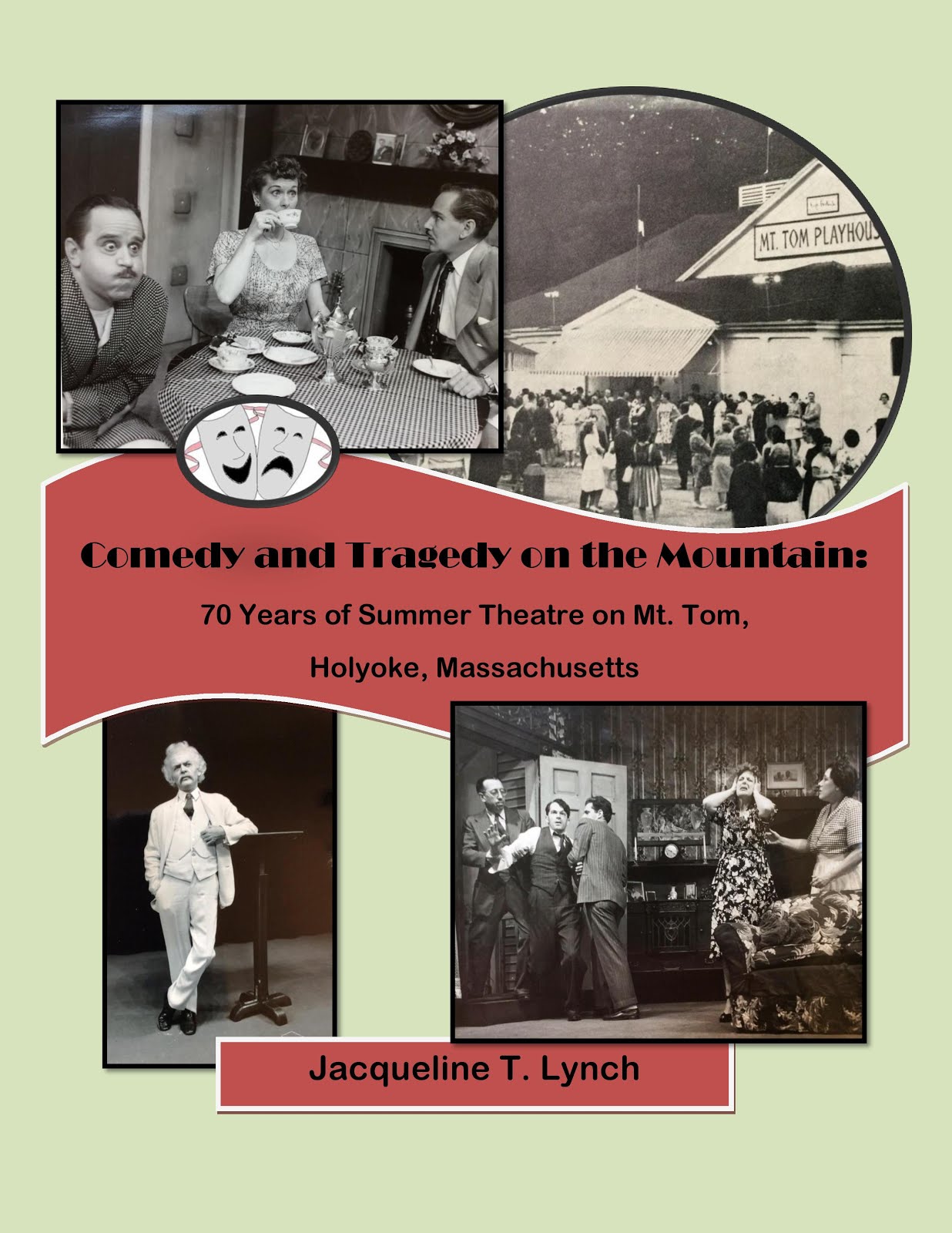One stop on The Freedom Trail in Boston is the Old Granary Burial Ground, and here is the grave of Mother Goose. So to speak.
It’s interesting that this gravesite is one of the most visited by sightseers. As you can see, there is a pile of pennies at her headstone that fans of history, or nursery rhymes, toss here for good luck.
You don’t really get good luck by tossing a penny onto a monument or a well or fountain, but that never stops us from enjoying the fantasy. Perhaps it’s much the same with visitors to the Mother Goose Grave. It’s also a bit of a fantasy, but that never stops some people from taking it as fact.
Facts are a bit sparse here, but there’s enough to go by. Nursery rhymes have existed for centuries, but “Mother Goose” may have had her origins in 1697 in France through author Charles Perrault, and may even be traced to a poem by another French author nearly 50 years earlier. A book of nursery rhymes published in London in 1780 also relates to Mother Goose, and six years later in 1786, she made her debut in American literature with the Isaiah Thomas reprint of this book. We may assume that “Mother Goose” is not a real person, but rather the personification of the writers of otherwise anonymous nursery rhymes through the last few centuries.

So why the Mother Goose grave in Boston? It is actually the grave of a woman named Mary Goose, who was the first wife of wealthy landowner Isaac Goose. After Mary’s death, Isaac married a woman named Elizabeth Foster. Elizabeth Foster Goose became stepmother to Isaac’s many, many children, and then had many of her own. You might say “she had so many children, she didn’t know what to do.”
But that’s beside the point. One of Elizabeth Foster Goose’s children was a daughter also named Elizabeth. Daughter Elizabeth married printer/publisher Thomas Fleet, who in about 1720 published a collection of nursery rhymes supposedly made up by his mother-in-law, Elizabeth Goose. Mother Goose’s rhymes were republished in 1765 by John Newberry, and published as noted above by Isaiah Thomas (who was married to a granddaughter of Elizabeth and Thomas Fleet, keeping the Mother Goose franchise in the family).
The nursery rhymes were published again in 1860 when the nation was going through a period of nostalgia for the past (since the present was then looking so foreboding), and resurrected the poems not only of Mother Goose, but the information that the publication of these rhymes had some connection to a Boston family. So the legend was born.
Another interesting aspect to the --fairly tale, we may call it, for that is what it is -- is that though the body of Elizabeth Foster Goose is rumored to be buried here in the Goose family plot, she is not named on the headstone. Only Isaac Goose’s first wife, Mary is listed here. There is no real evidence that Elizabeth Foster Goose is actually buried here. There is no real evidence to believe she made up any nursery rhymes for her children or grandchildren, but only perhaps repeated ones handed down to her from others.
But, don’t let all that stop you from visiting the grave of Mother Goose in Boston. There is another Mother Goose grave in London, I believe. Perhaps they toss pence on her grave there.
For more on
Mother Goose, have a look here and
here. For the
Mother Goose Grave, have a look at this website.


























